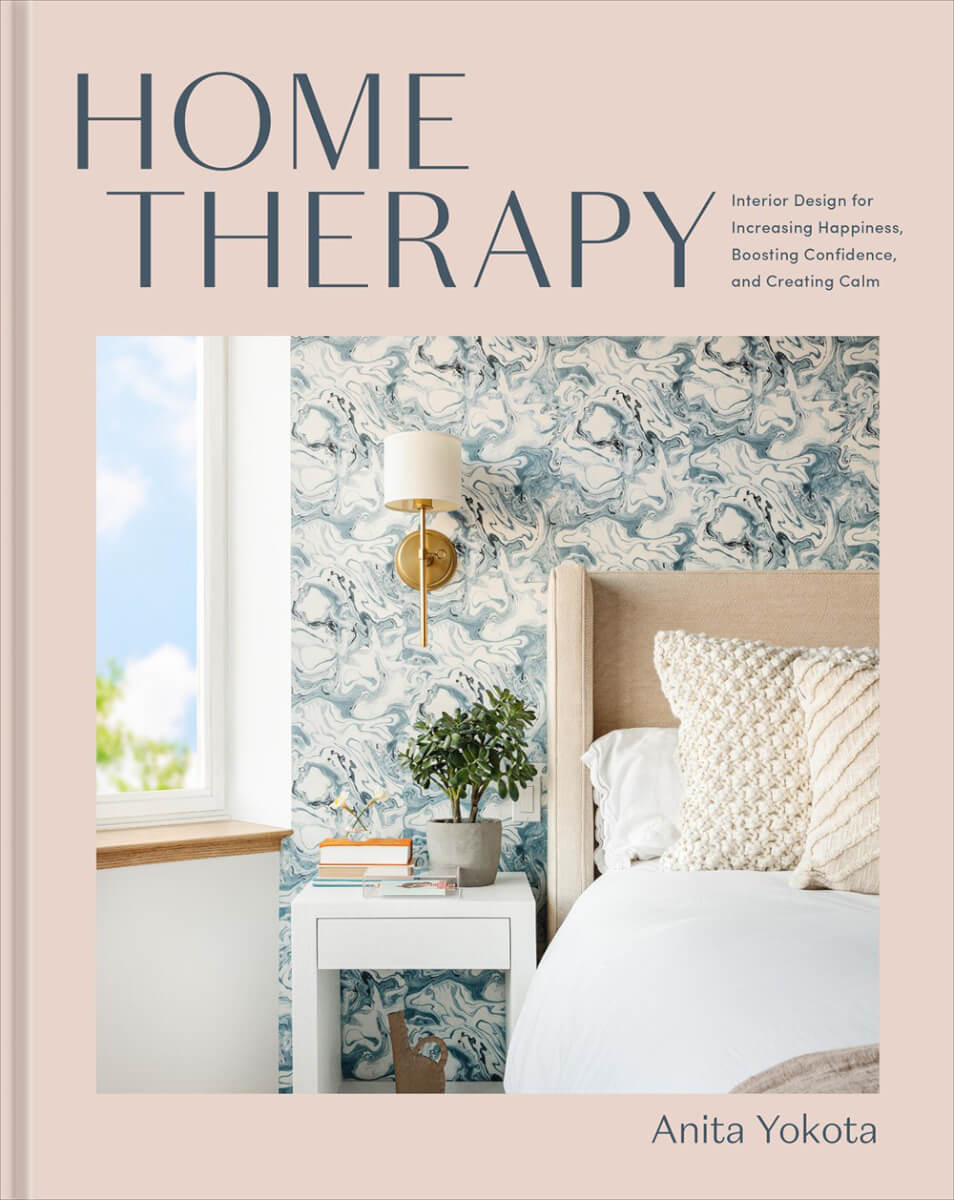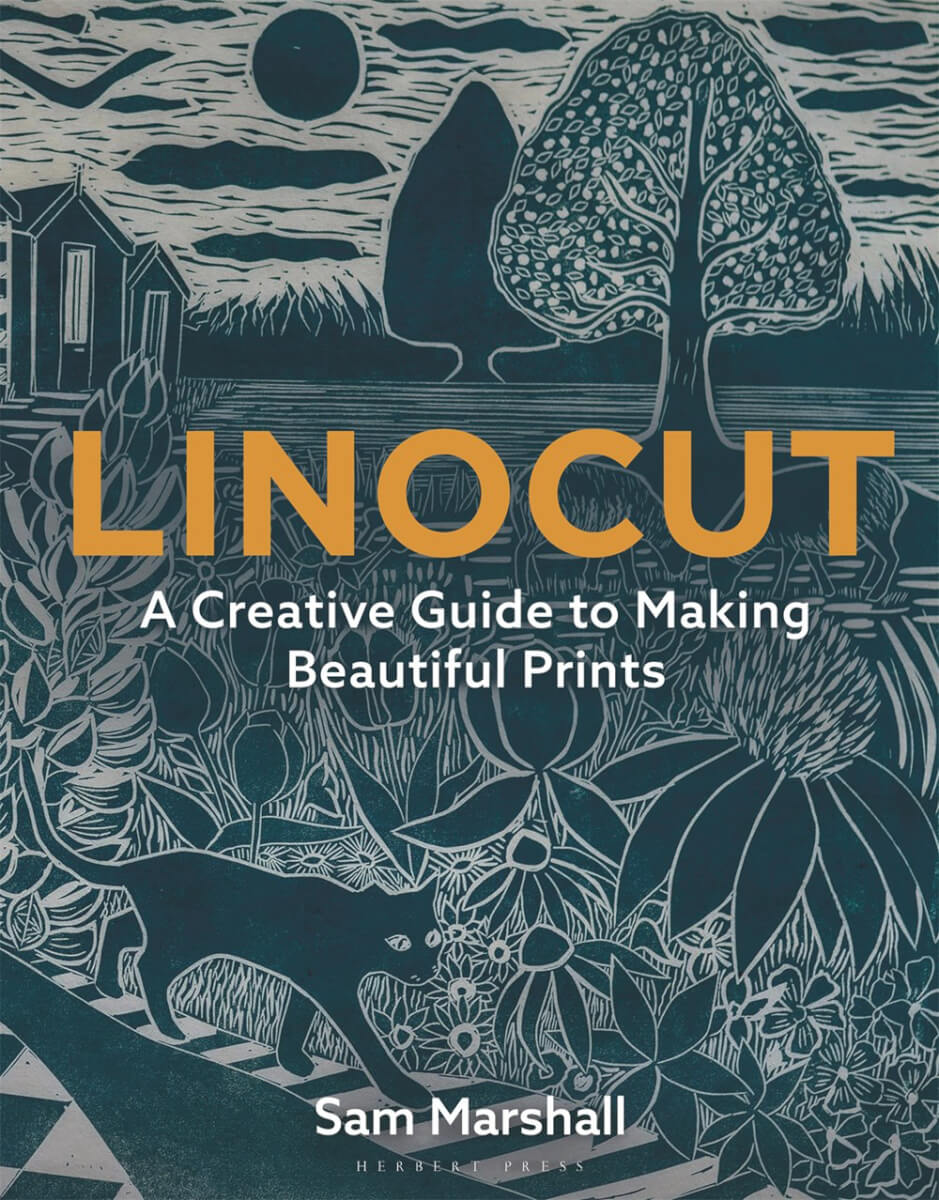Although sheepshearing typically involves a bit of frustrated grunting from shearer and shearee alike, when done right, the act can resemble a ballet: two bodies bending and swooping in sync, the whirring of wickedly sharp clipper blades their only accompaniment. As readers will learn in Peggy Orenstein’s illuminating, informative and often funny Unraveling: What I Learned About Life While Shearing Sheep, Dyeing Wool, and Making the World’s Ugliest Sweater, doing that dance with any grace takes a lot of practice.
It all happened during the 2020 COVID-19 lockdown, when the journalist and bestselling author decided that, rather than baking bread or gardening, she would fill her “indefinitely empty calendar” with a dream project: making a sweater from the ground up. The lifelong knitter was taught the craft by her beloved late mother; it “bridged the generation gap, created reliably neutral ground where we could meet,” Orenstein writes.
Over the course of Orenstein’s quest, a talented group of teachers shared their expertise and passion for ranching, shearing, spinning, dyeing and knitting. Along the way, she explores how textile creation has influenced human history and culture, from language (gathering wool and counting sheep) to politics (yarn-bombing and pussy hats) to pivotal inventions. For example, the spinning wheel “has been credited with everything from establishing trade routes . . . to catalyzing the Renaissance.”
But progress had an eventual cost. Today, “the fashion industry is an ecological disaster, responsible for more greenhouse gases than all international flights and maritime shipping combined,” Orenstein writes. Indeed, concern for the Earth’s uncertain future is woven throughout Unraveling. So, too, is the inexorable passage of time, as the author considers the “amount of sand at the bottom of my personal hourglass” and the ways her personal identity has shifted and changed.
Orenstein is an impressively intrepid figure throughout this charming and candid memoir in essays—even when her goal requires her to wrestle recalcitrant sheep and pick bugs and poop out of fleece. She even fully embraces the fact that her goal requires her to do something many people avoid: allowing “ourselves, as adults, to be in a position of being absolute rank amateurs.” Perfectly imperfect like a handmade sweater, Unraveling is an entertaining chronicle of a challenging year wonderfully well spent. Creativity and craft can soothe anxiety, encourage connection and spark joy; Orenstein’s book will do the same.



































